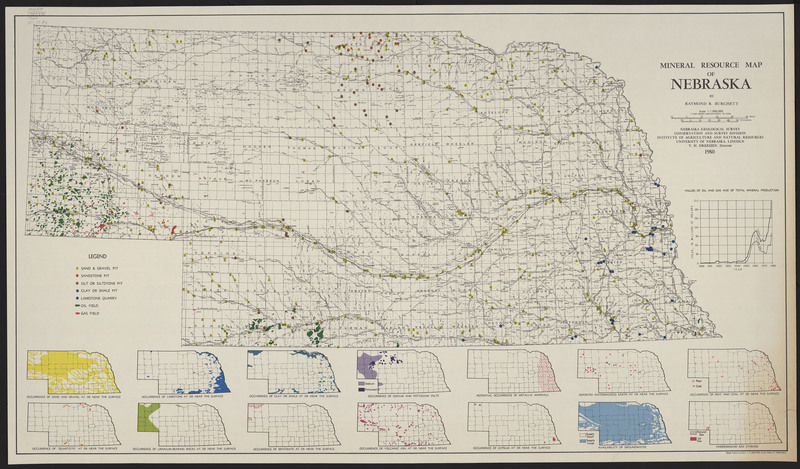White Colorants
Chalk
Chalk is a white mineral pigment composed of calcium carbonate. Chalk has been mined in many places, though northern France is thought to be the source of the finest chalk for artists. In addition to being used as a white pigment, artists would use ground chalk mixed with glue as a preparation for their papers. These coated papers later proved to be an excellent surface for printing. This technique of preparing paper with chalk was also used in mapmaking. Most recently, less fine chalk has been mined in Nebraska, Arkansas and Texas. Calcium carbonate is used as an extender in paints and is a main component in chalkboard chalk.
White Lead
"White lead is basic lead carbonate. Not until the 19th century was white lead superseded by newer synthetic products; before this, it was the only white pigment on the European palette for easel painting in oils" (Ball, 64-65). White lead has also historically been made in China and Greece and was used by the Ancient Egyptians. Though white lead was popular for use in paintings and as a white colorant in maps, it has a tendency to darken to orange, grey or black when kept in a sulphurous environment.
Ball, P., (2002) Bright Earth: Art and the Invention of Color, p. 64-65, New York: Farrar, Straus, and Giroux.

Black Colorants


